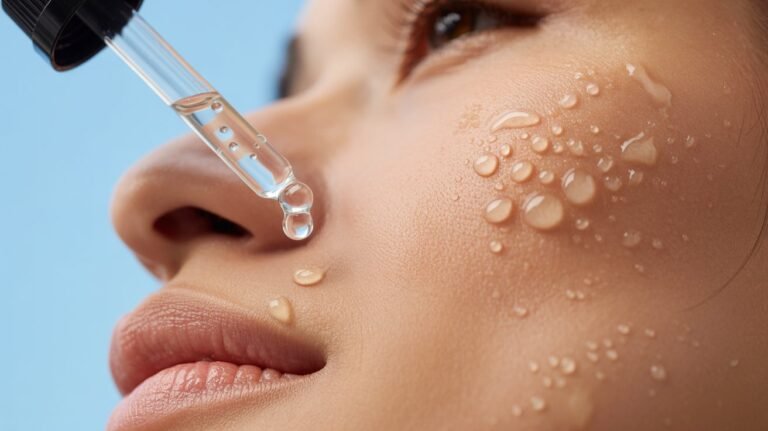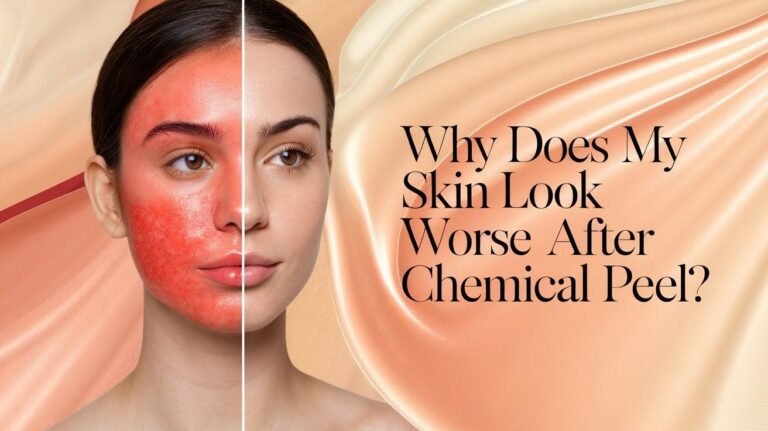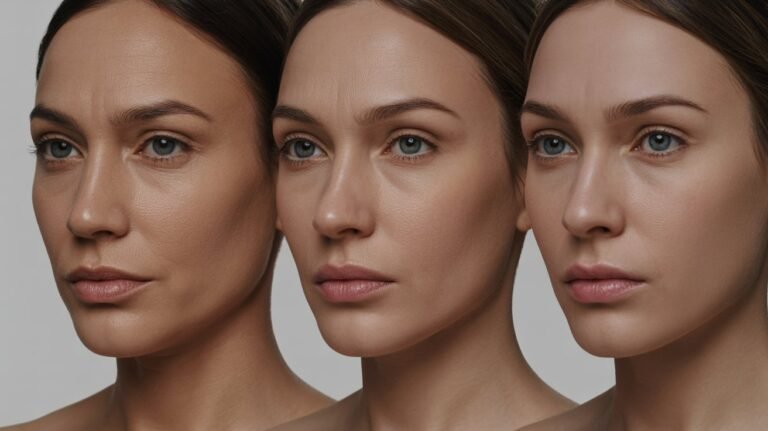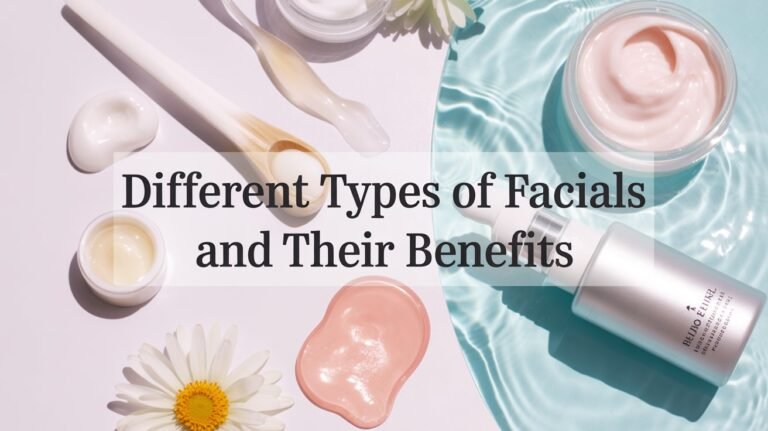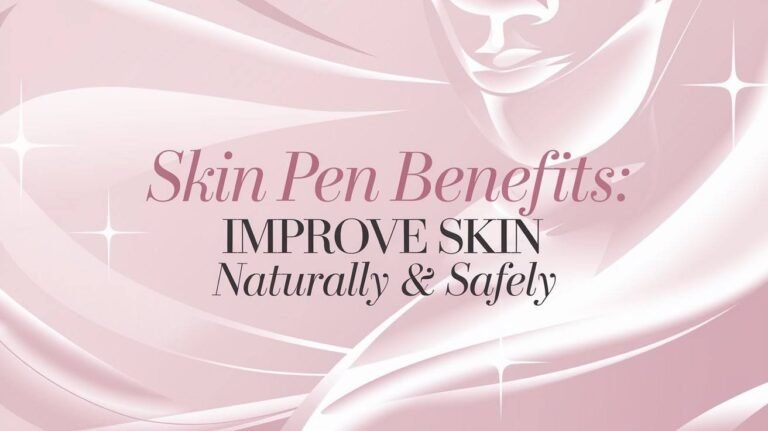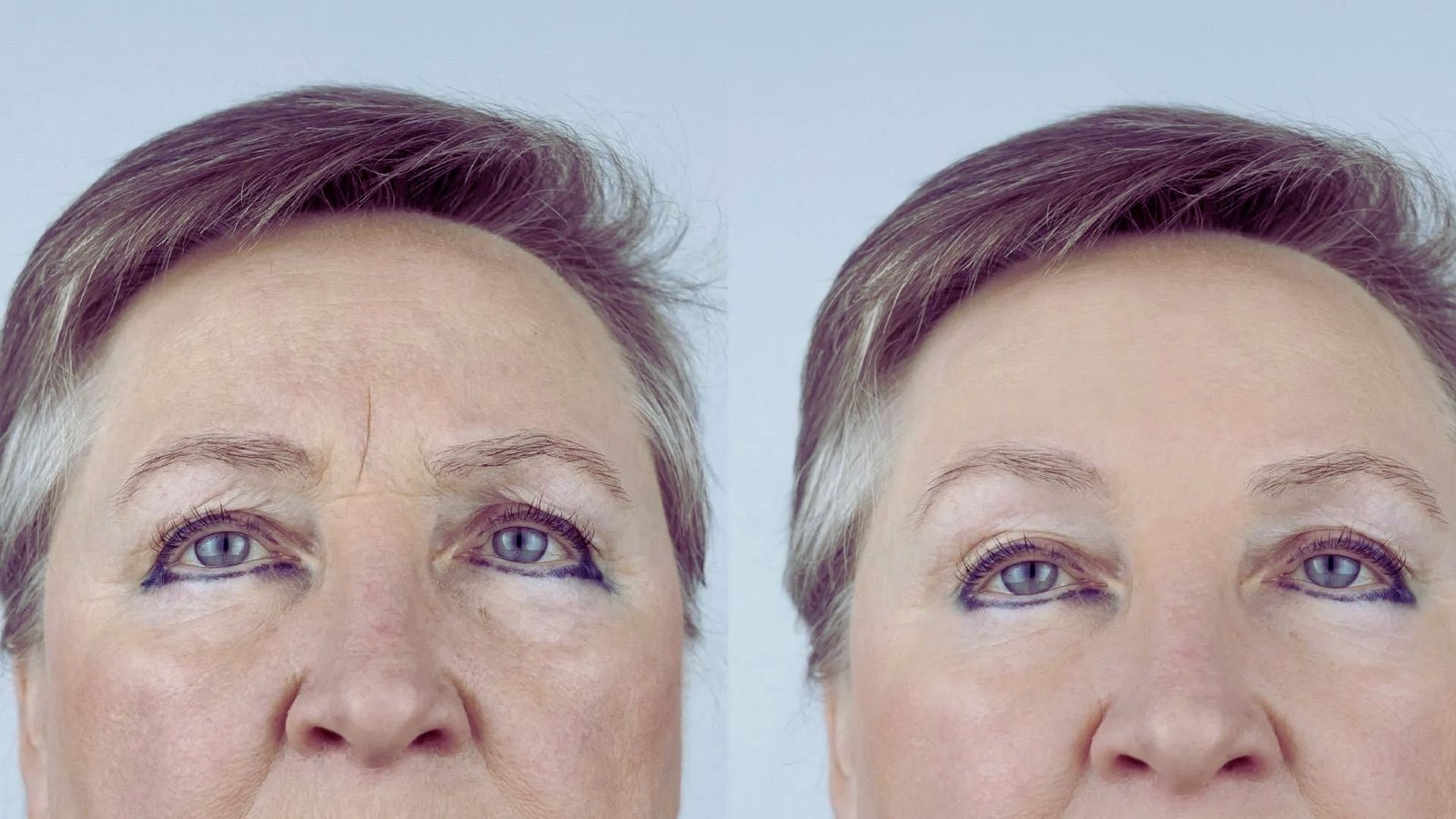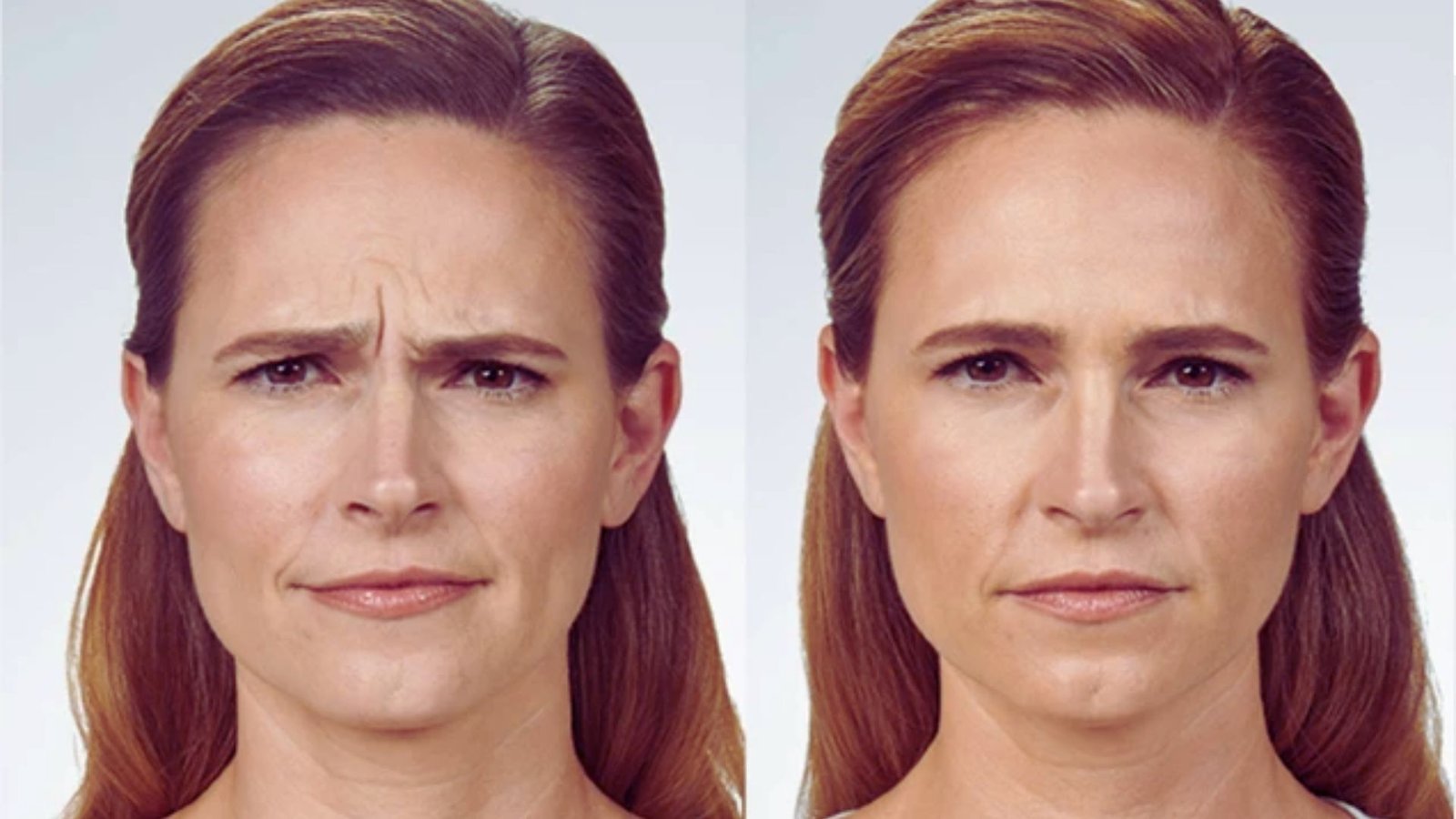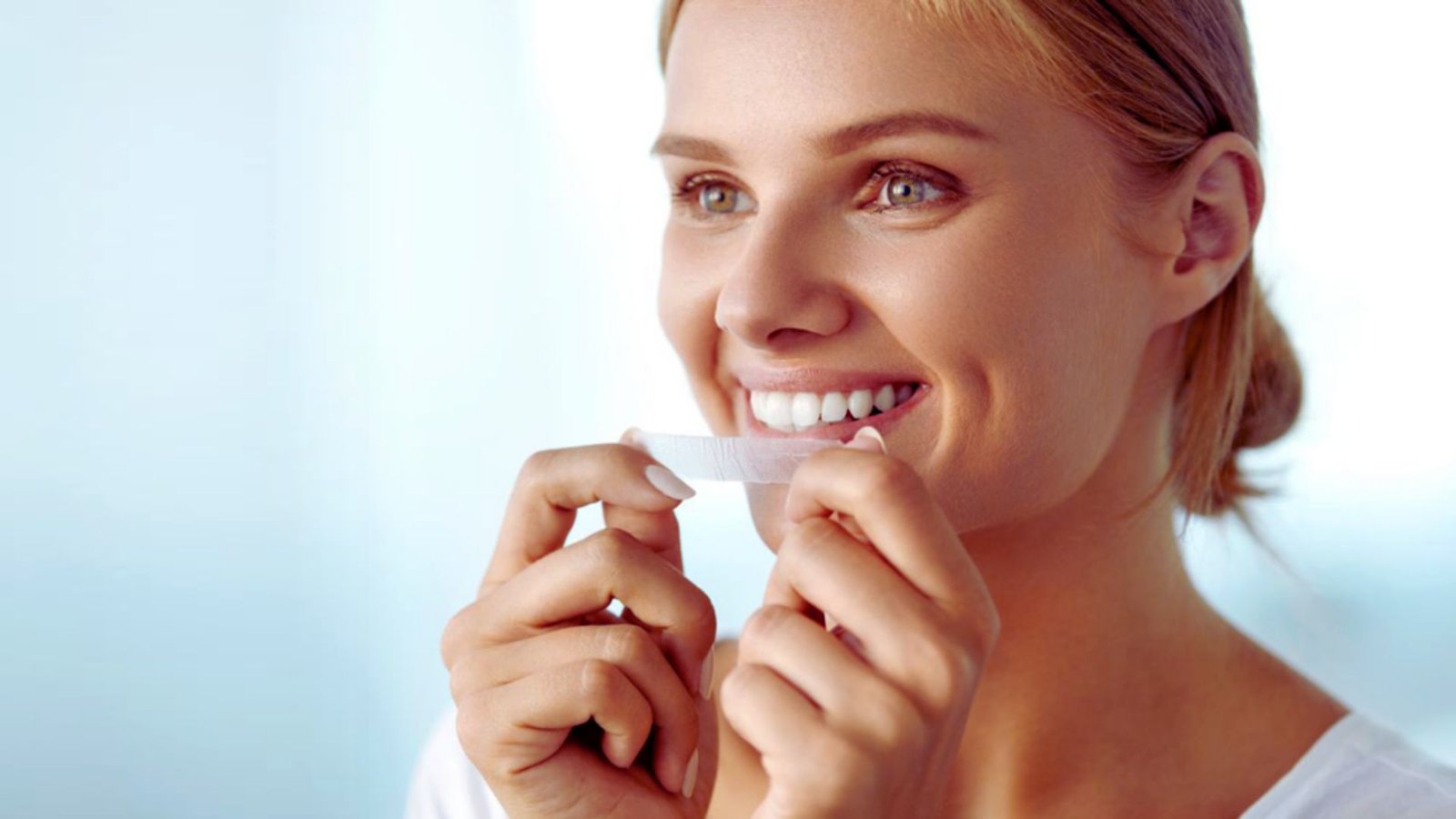How to Start Tretinoin: A Beginner’s Guide
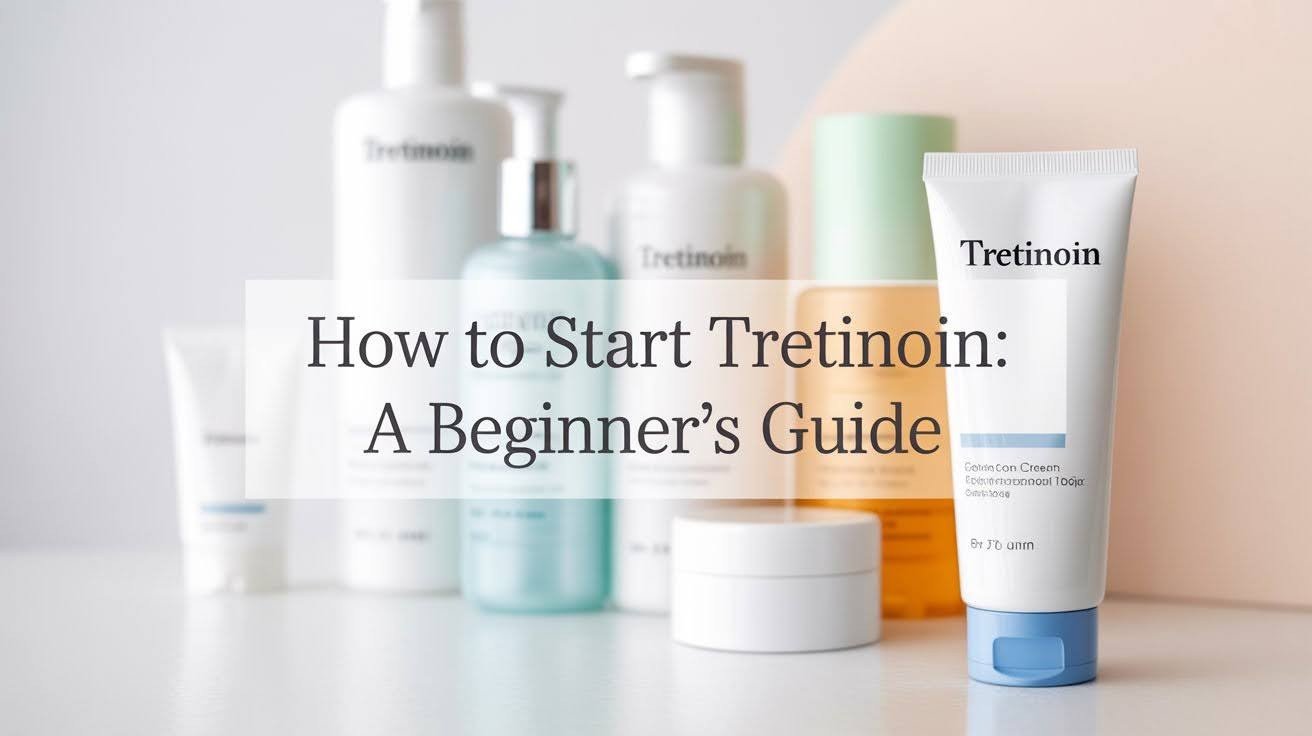
Starting tretinoin can feel overwhelming for beginners, especially with so much conflicting information about this powerful prescription medication.
As one of the most scientifically proven treatments for acne and anti-aging, tretinoin offers remarkable results when used correctly, but improper application can lead to unnecessary irritation and frustration.
This comprehensive guide walks you through everything you need to know about beginning your tretinoin experience safely and effectively.
From understanding what tretinoin does and determining if it’s right for your skin to learning proper application techniques and managing initial side effects, you’ll have the knowledge needed to start confidently.
With the right approach, patience, and realistic expectations, tretinoin can become a valuable part of your skincare routine that delivers lasting improvements in skin health and appearance.
What Is Tretinoin and Why Use It?

Tretinoin is a powerful topical retinoid medication derived from Vitamin A that requires a prescription from a dermatologist or healthcare provider.
This gold-standard ingredient has been extensively studied and proven effective for treating multiple skin concerns, making it one of the most versatile and scientifically-backed skincare treatments available today.
Healthcare providers commonly prescribe tretinoin for treating acne, reducing fine lines and wrinkles, improving sun damage, and smoothing uneven skin texture.
Unlike over-the-counter retinol products, tretinoin offers prescription-strength results that can dramatically improve skin appearance when used consistently over time.
Tretinoin works by accelerating skin cell turnover, which helps clear clogged pores and brings fresh, healthy cells to the surface more quickly.
Additionally, it stimulates collagen production in the deeper layers of skin, leading to improved firmness, reduced fine lines, and better overall skin texture.
This dual action makes tretinoin effective for both treating existing skin problems and preventing future signs of aging, though results require patience and proper use to achieve safety.
Is Tretinoin Right for You?

Determining if tretinoin suits your skin concerns and the importance of professional guidance for safe, effective treatment.
Who Should Consider Tretinoin?
People with acne-prone skin often benefit significantly from tretinoin, especially those who haven’t seen adequate results from over-the-counter treatments or experience persistent adult acne.
Those noticing early signs of aging like fine lines, wrinkles, or loss of firmness may find tretinoin highly effective for both prevention and improvement when started consistently.
Individuals dealing with dark spots, melasma, or sun damage can see substantial improvement with tretinoin use.
The medication helps fade hyperpigmentation by accelerating cell turnover and bringing fresh, evenly-toned skin to the surface while preventing new discoloration from forming.
Consult Your Dermatologist First
Professional evaluation is essential before starting tretinoin, as dermatologists can assess your skin type, concerns, and medical history to determine appropriateness. They can identify contraindications like pregnancy or certain skin conditions that might make tretinoin unsuitable.
Choosing the right concentration requires expert guidance, as starting too strong causes severe irritation while starting too weak may delay results.
Your dermatologist will consider skin sensitivity, previous retinoid experience, and treatment goals to prescribe the most appropriate strength for your needs.
Choosing the Right Strength to Start
Beginner-Friendly Option: 0.025%
The 0.025% concentration represents the lowest available tretinoin strength and serves as the ideal starting point for most beginners, particularly those with sensitive or dry skin types.
This gentle introduction allows your skin to gradually adjust to tretinoin’s effects while minimizing the risk of severe irritation, redness, or peeling that can occur with stronger formulations.
Starting with 0.025% helps establish tolerance and allows you to learn proper application techniques without overwhelming your skin.
Many people see excellent results at this concentration, and it provides a solid foundation for building up to stronger strengths if needed later in your treatment process.
Avoid Jumping to Higher Strengths
Concentrations of 0.05% and 0.1% should be reserved for later stages of tretinoin use, typically after several months of successful tolerance building at lower strengths.
These higher concentrations are significantly more potent and can cause severe irritation, prolonged peeling, and barrier damage if introduced too early in your tretinoin experience.
The risk of increased irritation with higher starting strengths often leads to treatment discontinuation, as people may assume tretinoin doesn’t work for their skin when the issue is simply starting too aggressively.
Building tolerance slowly with 0.025% creates a much more positive experience and better long-term compliance with treatment.
How to Start Using Tretinoin
Step-by-step instructions for safely beginning tretinoin treatment, including proper application techniques and gradual tolerance building for optimal results.
Step 1: Cleanse and Dry Your Skin

Begin your tretinoin routine with a gentle, non-irritating cleanser that won’t strip your skin’s natural protective barrier. Avoid harsh scrubs, exfoliating cleansers, or products containing salicylic acid or benzoyl peroxide on tretinoin nights, as these can increase irritation significantly.
Ensure your skin is completely dry before applying tretinoin, waiting at least 20-30 minutes after cleansing. Applying tretinoin to damp skin can increase absorption and lead to excessive irritation, making this drying period crucial for comfortable treatment.
Step 2: Apply a Pea-Sized Amount

Use only a small, pea-sized amount of tretinoin for your entire face, applying it in a thin, even layer across treatment areas. More product doesn’t mean better results – using too much increases irritation risk without improving effectiveness.
Carefully avoid the delicate eye area, corners of the mouth, and sides of the nose where skin is thinner and more prone to irritation. These areas can experience tretinoin effects through natural spreading, so direct application isn’t necessary.
Step 3: Follow With Moisturizer

Apply a gentle, fragrance-free moisturizer after tretinoin to help reduce dryness and support your skin barrier during the adjustment period. This step is essential for maintaining comfort and preventing excessive peeling or irritation that could force treatment discontinuation.
Consider the sandwich method if you experience significant dryness – apply moisturizer before tretinoin, then again afterward. This technique can reduce irritation while still allowing tretinoin to work effectively, making it particularly helpful for sensitive or dry skin types.
Step 4: Start Slow and Build Tolerance

Begin with tretinoin every other night or every third night for the first few weeks, allowing your skin time to adjust between applications. This gradual introduction helps prevent overwhelming irritation while building tolerance systematically.
Gradually increase frequency over several weeks or months, moving from every third night to every other night, then eventually to nightly use as your skin adapts. Listen to your skin and slow down if you experience excessive redness, peeling, or discomfort during this process.
What to Expect in the First Few Weeks

Initial Side Effects Are Normal
During your first few weeks of tretinoin use, expect common side effects including peeling, dryness, redness, and mild irritation as your skin adjusts to this powerful medication.
These reactions are completely normal and indicate that tretinoin is working to accelerate cell turnover and stimulate skin renewal processes.
Most initial side effects gradually subside within 4-6 weeks as your skin builds tolerance to the medication.
The key is maintaining consistency while managing discomfort through proper moisturizing and gentle skincare practices during this adjustment period.
Don’t Panic During the “Purging” Phase
Many tretinoin users experience a temporary worsening of acne during the first 6-12 weeks, known as purging, as the medication brings existing clogged pores to the surface more quickly.
This process can be discouraging but actually indicates that tretinoin is working to clear your skin from within.
To differentiate purging from an allergic reaction, note that purging typically occurs in areas where you normally break out and involves the same types of breakouts you usually experience.
True allergic reactions involve new types of irritation, spreading to areas where you don’t typically have acne, or severe symptoms like intense burning or widespread rash that worsen rather than improve over time.
When Will You See Results?
Tretinoin requires patience, as this powerful medication works gradually to produce lasting improvements in skin health and appearance.
For acne improvement, most people begin seeing meaningful reduction in breakouts after 6-12 weeks of consistent use, with initial results including fewer new breakouts and faster healing of existing blemishes.
Anti-aging benefits and texture improvements become noticeable after 3-6 months of regular tretinoin use. Fine lines may appear softer, skin texture smoother, and overall radiance improved as collagen production increases and damaged cells are replaced with healthier ones.
Full results from tretinoin treatment can take up to one year with consistent nightly use, as the medication continues working to improve skin quality over time.
Many users report that their skin keeps getting better throughout the first year, with optimal results achieved when tretinoin becomes a long-term skincare routine rather than short-term treatment.
Final Thoughts
Tretinoin represents one of the most scientifically proven and effective treatments for both acne and anti-aging, but success requires commitment to the process rather than expecting immediate results.
The initial weeks may feel challenging as your skin adjusts, but the long-term benefits make this adjustment period worthwhile for most people who stick with treatment.
Consistency in application and patience with the timeline are absolutely essential for tretinoin success. Many people give up too early, missing out on the significant improvements that come with sustained use over months rather than weeks.
Maintaining regular communication with your dermatologist throughout your tretinoin experience ensures you get the support needed to manage side effects and optimize your treatment plan.
With proper guidance and realistic expectations, tretinoin can provide lasting improvements in skin health and appearance.
Frequently Asked Questions
Can I start tretinoin without seeing a dermatologist?
No, tretinoin is a prescription medication that requires professional evaluation to determine the right concentration and ensure it’s safe for your skin type. A dermatologist can assess your medical history and identify any contraindications before prescribing the appropriate strength.
How long does it take to see results from tretinoin?
Acne improvements typically become noticeable after 6-12 weeks, while anti-aging benefits like smoother texture and reduced fine lines appear after 3-6 months. Full results can take up to one year of consistent use, as tretinoin continues improving skin quality over time.
Should I stop using tretinoin if my skin gets worse initially?
No, temporary worsening during the first 6-12 weeks is normal and called “purging” as tretinoin brings clogged pores to the surface. This actually indicates the medication is working, though you should contact your dermatologist if irritation becomes severe or spreads to new areas.
Can I use other skincare products while on tretinoin?
Yes, but avoid harsh ingredients like exfoliating acids, benzoyl peroxide, or scrubs on tretinoin nights to prevent excessive irritation. Gentle cleansers, fragrance-free moisturizers, and sunscreen are essential components of a tretinoin-compatible routine.
What happens if I miss several days of tretinoin?
Missing occasional applications won’t ruin your progress, but consistency is key for optimal results and maintaining tolerance. If you’ve missed several days, resume your normal schedule rather than trying to catch up, as using extra product can cause irritation.

